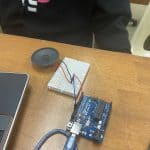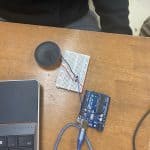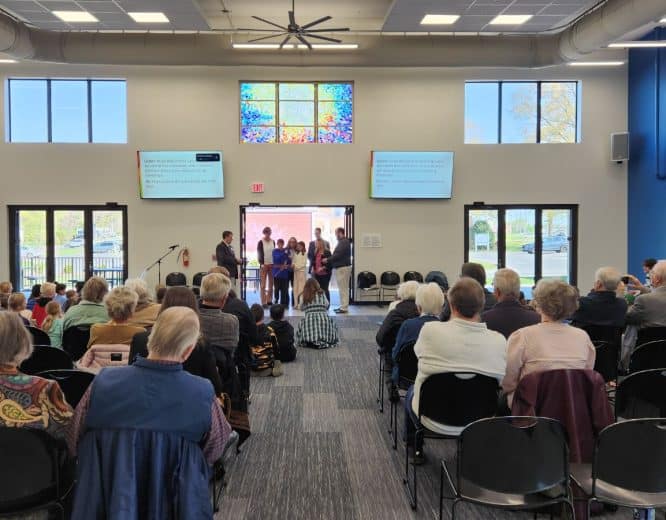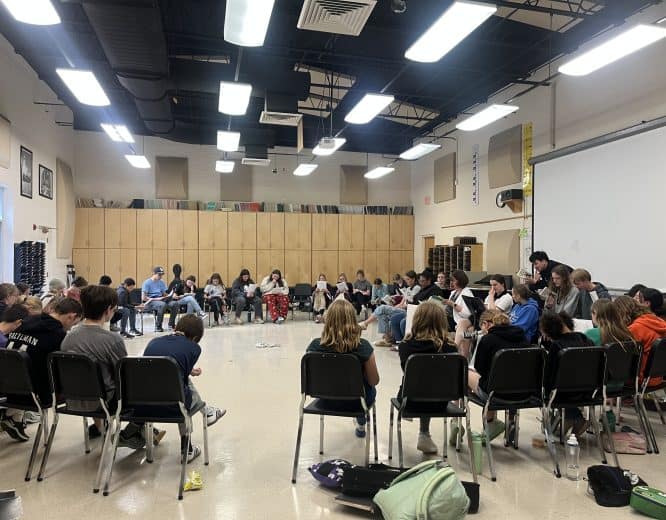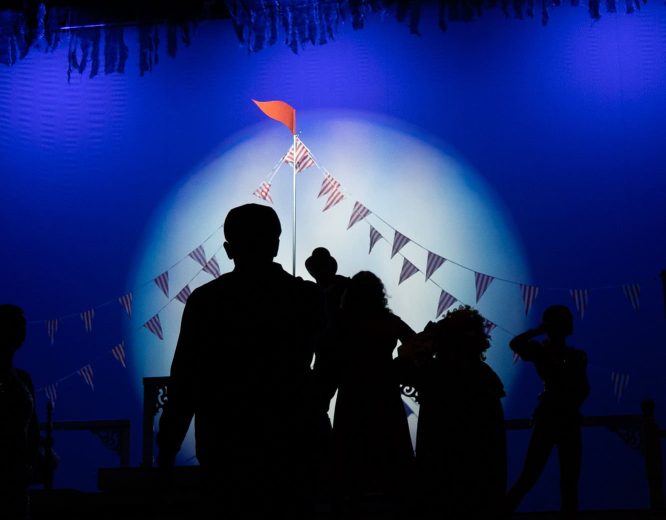STEM concepts through robotics
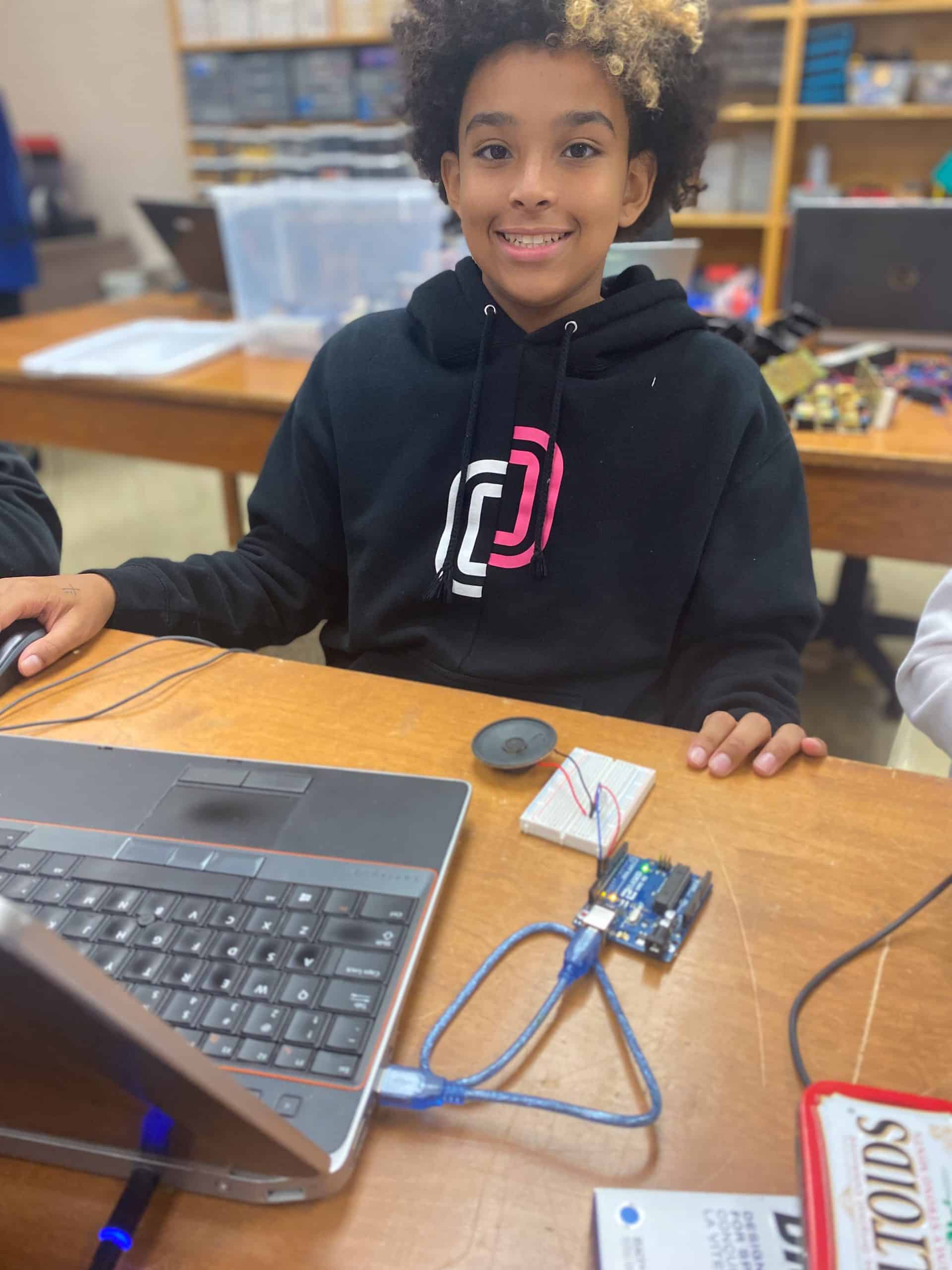
Walking through the halls of EMS during class time you hear melodic voices singing, band instruments blending, and young minds engaging in discussions. Tucked in a side hall you find the robotics workshop classroom where Mr. Carini fosters creativity and problem solving skills through hands-on learning in robotics 1 and 2. It’s a class where students are introduced to the world of electronics and programming by utilizing a platform called Arduino.
Arduino, an open-source hardware and software ecosystem, enables students to build robots, automation systems, and interactive projects from scratch. Students apply STEM concepts in a practical and exciting way, enhancing their understanding of complex topics.
Students design, build, and program simple robots to complete specific tasks or navigate obstacles. Arduino robotics is not just about building robots; this process encourages critical thinking, experimentation, and perseverance as students troubleshoot and refine their designs. These skills are not only valuable for robotics but are also transferable to various aspects of life.
Draydon Wood, a robotics 1 student, shared how Arduino can be used to create music by generating sound through external audio components like speakers. Arduino boards have a built-in library called a “Tone” library. This library allows you to generate simple musical tones by sending specific frequency signals to a digital pin. He shared that “by varying the frequency and duration of these tones through coding, you can produce different melodies.” Recognizable melodies such as the Mario Brothers and Star Wars theme songs.
Mr. Carini’s robotics program introduces students to STEM concepts with the potential to inspire future careers in technology and engineering. These programs serve as a gateway to future opportunities and play a pivotal role in preparing the next generation of innovators.

